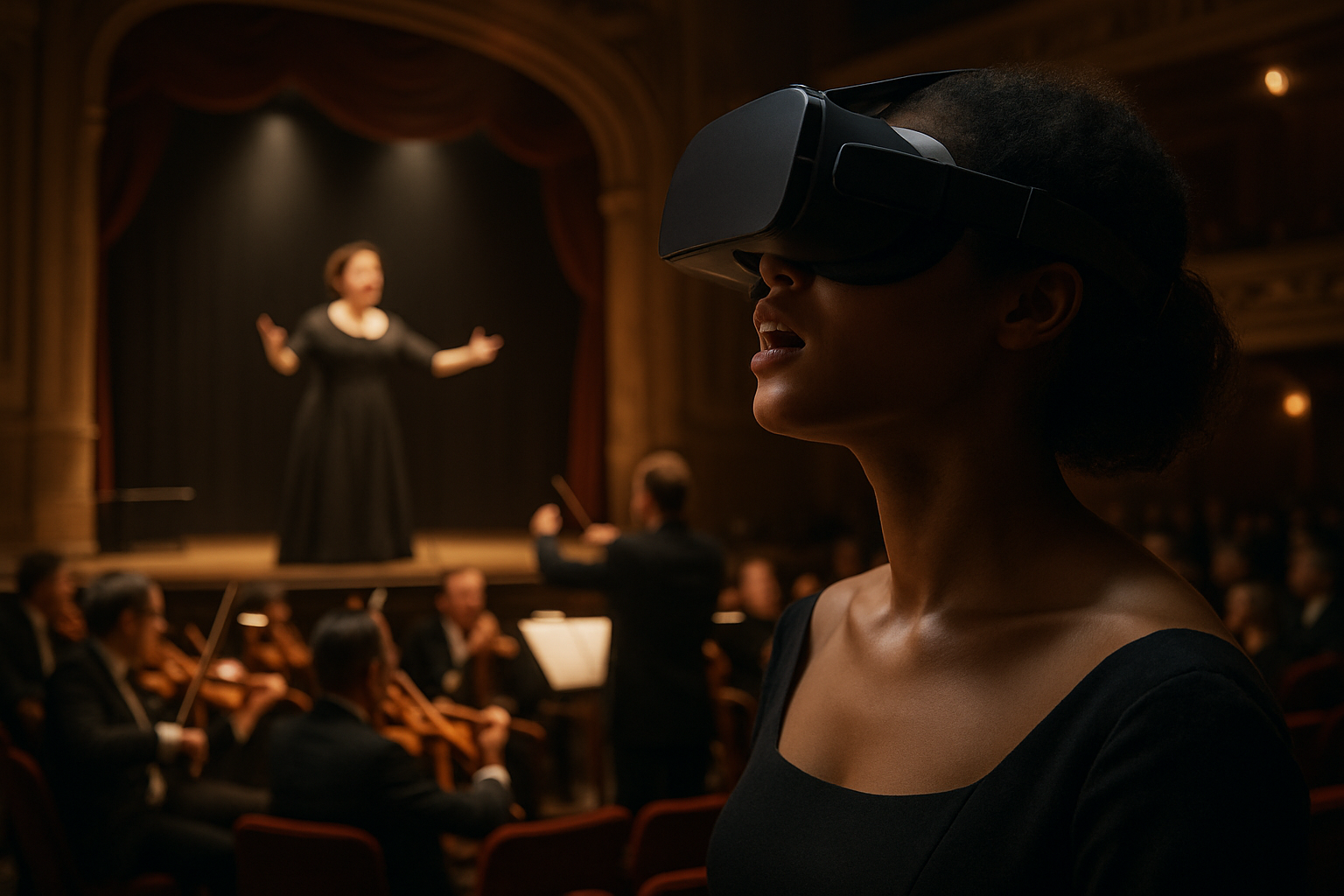Designing Curated Exhibitions for Small and Independent Venues
Practical strategies for curating exhibitions in small and independent venues help creators balance artistic goals with audience needs, limited budgets, and operational constraints. This piece outlines programming, promotion, accessibility, funding and production approaches tailored to intimate spaces.

Small and independent venues often offer flexibility, local relevance, and experimental potential, but they also face constraints in budget, space, and staffing. Designing a curated exhibition in these contexts means matching artistic intent with practical production, clear promotion, and audience care. This article outlines steps for planning, programming, and sustaining exhibitions that mix theater, music, film, gallery work and performance while remaining mindful of accessibility and long-term viability.
Curation and gallery planning
Curatorial clarity helps small venues make a strong impression without overwhelming limited floor plans. Start with a clear theme or question, select artists or works that speak to that idea, and map sightlines, circulation, and lighting before finalizing the roster. In gallery-style displays prioritize modular hanging systems and movable plinths to flex between solo and group shows. For interdisciplinary curation, allocate zones that can host film screenings or live performance without compromising visual art. Collaboration with local fabricators or rental houses can reduce upfront production demands while keeping the exhibition coherent.
Theater, music and performance programming
Integrating theater and music calls for early coordination between curators and production teams. Evaluate load-in times, blackout requirements, sound containment and audience sightlines. Smaller venues benefit from staggered set-ups and compact rigs that allow quick transitions between acts or installations. Offer shorter runs or repeated micro-performances to grow demand while limiting personnel costs. Consider partnerships with community ensembles or student groups to broaden programming options and share technical resources, always keeping a clear schedule for rehearsals, tech checks and venue maintenance.
Film, streaming and festival integration
Film elements and streaming can extend reach beyond a venue’s physical capacity. For onsite screenings, check projection, seating configuration and licensing rights in advance. When offering a hybrid model, test internet bandwidth and encoding workflows early; low-latency streaming can be achieved with modest equipment if configured correctly. For festival tie-ins, negotiate shared promotion and ticketing arrangements with organizers so small venues get visibility. Combining live events with online highlights, such as curated clips or Q&A sessions, strengthens engagement while providing archival material for future promotion.
Immersive and virtual reality production
Immersive work and virtual reality installations need careful risk assessment and flow design in compact spaces. Plan entry and exit points to avoid bottlenecks, and create clear signage and staff-guided experiences when feasible. Portable VR setups can rotate time-limited sessions to manage equipment wear and ensure equitable access. For immersive sound or lighting, use focused, directional tools to avoid spillover into neighboring spaces. Accessibility measures like seating alternatives, descriptive audio, and quiet-room options make immersive experiences inclusive and often improve audience satisfaction.
Crowdfunding, merchandise and ticketing
Small venues frequently combine crowdfunding, merchandise and smart ticketing to support production costs. Crowdfunding campaigns can offer tiered rewards—early-bird tickets, signed prints, or digital extras—to fund specific technical needs or artist fees. Merchandise such as zines, posters, or limited-run recordings can create ongoing revenue and visibility; work with local printers or small-batch manufacturers to control inventory. For ticketing, consider flexible pricing, pay-what-you-can sessions, or bundled passes for festival-style runs. Transparent budgeting and clear reward fulfillment timelines build trust with backers and attendees.
Audience, promotion, accessibility and analytics
Promotion should align with audience habits: use local services, social platforms, email lists and community partners to reach people in your area. Prioritize clear messaging about dates, accessibility accommodations, and content warnings. Collecting analytics—ticket conversion, website referrals, or newsletter open rates—guides future programming choices; simple spreadsheets or free analytics tools can reveal which channels drive attendance. Accessibility and sustainability practices—ramped entrances, captioned screenings, low-waste materials, and energy-efficient lighting—both widen participation and demonstrate responsible stewardship to audiences and funders.
A curated exhibition in a small or independent venue succeeds when programming, production, audience experience and long-term sustainability are planned together. By combining focused curation with pragmatic production choices, adaptable promotion, accessible design and diversified income approaches such as crowdfunding and merchandise, venues can deliver compelling theater, music, film, gallery and performance work that resonates locally and online. Thoughtful analytics and collaborative relationships help refine future projects while maintaining artistic intent and operational clarity.





